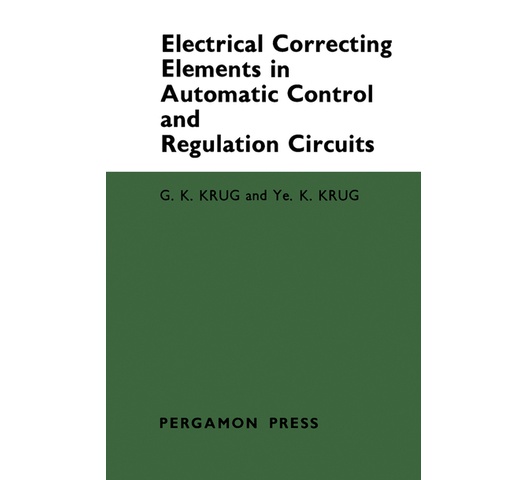
Electrical Correcting Elements in Automatic Control and Regulation Circuits
Electrical Correcting Elements in Automatic Control and Regulation Circuits describes electrical correcting and stabilizing devices, with practical recommendations when these are used in automatic control systems. The book deals with the use of correcting and stabilizing devices into automatic regulation and control systems. The text explains in detail the type of correcting action that is best suited for an automatic control system; and it also notes the basic structure and the operations of the static and astatic systems. The text explains the use of the frequency characteristics method to determine the dynamic performance of a system, especially since external disturbances can disrupt both the regulator and the device being regulated. The book enumerates the three basic requirements of a closed automatic regulation or control system: 1) system stability; 2) allowable error is within limits; and 3) essential requirements for transients are met. The text also investigates the circuit of a common correcting device using passive four-terminal networks with resistances and capacitances. The book analyzes the methods of correcting systems with automatic regulation and control that use carrier frequency. The use of electric motors to correct schemes in control and automatic regulation is preferred as these motors can use signals originating from alternating current, instead of employing modulators and de-modulators. The book is suitable for design engineers, and people working with automatic control devices and regulators.
KES 4,781

International delivery
Free click & collect
| UPC | 9781483149486 |
|---|---|
| Author | G. K. Krug, Ye. K. Krug |
| Pages | 96 |
| Language | English |
| Format | |
| Publisher | Elsevier Science |
| SKU | 9781483149486 |
None

